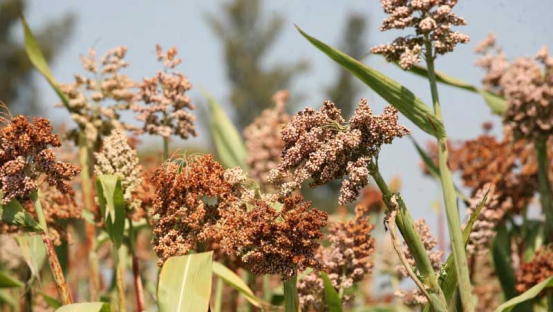×
The Standard e-Paper
Home To Bold Columnists

Crop researchers are in the process of developing a maize variety that cannot be easily harmed by aflatoxin.
John Kimani said aflatoxin was more prevalent in maize, rice, wheat and groundnuts but other similar crops were susceptible if not properly dried before storage.